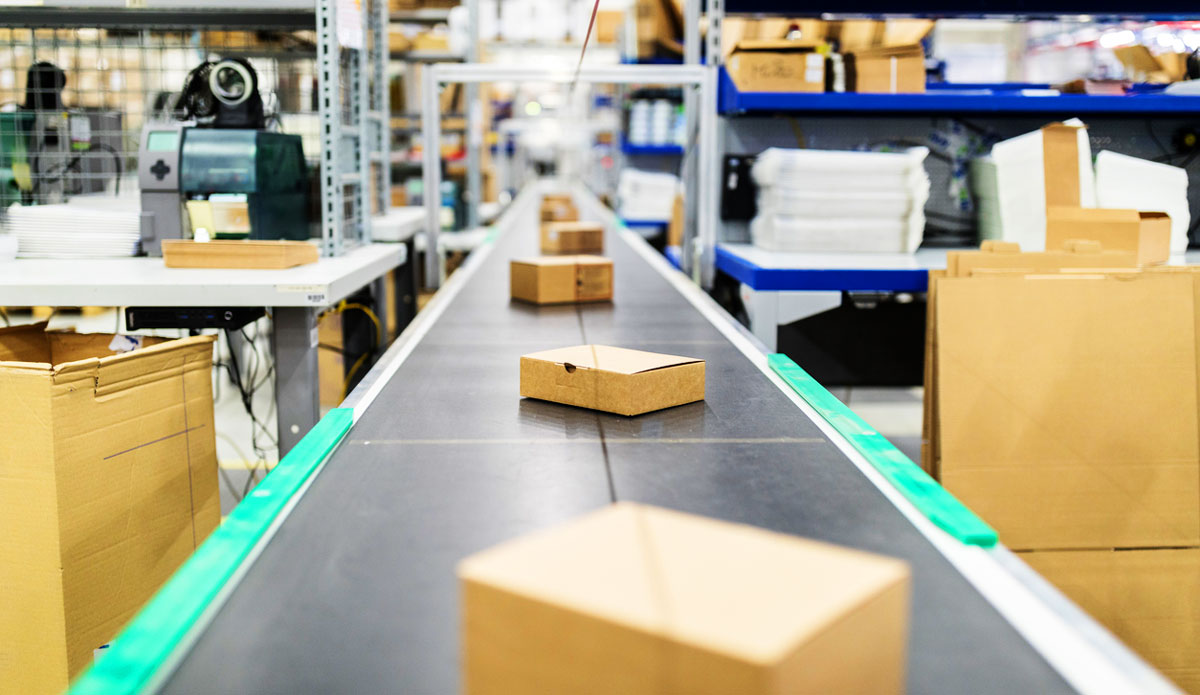Boosted by e-commerce and steady economic growth, investors are shaking off their doubts over the staying power of the country’s industrial development boom.
Nearly half of investors surveyed in Real Capital Markets’ annual Industrial Investor Sentiment Report said they believe investment activity will remain steady headed into next year, and another 43 percent said they expect investment to accelerate. That’s a direct flip from last year’s survey, when 48 percent of respondents predicted an increase in investment and 43 percent said it would stay the same.
Two-thirds of investors also said they expect prices to rise on industrial properties, about the same as last year. But 38 percent of respondents said they’re bracing for price increases of 5 percent or more, up from 34 percent of those surveyed in 2017.
Developers attribute their growing appetite for warehouse and manufacturing projects to the multiplying demands of a growing e-commerce industry, and about a third of investors surveyed identified Internet sales as the No. 1 factor driving investment. But another 38 percent cited a more fundamental force — the “general strength of the economy” — as the main fuel for their optimism.
If the country keeps racking up GDP growth anywhere near the 4.2 percent annual rate registered during the second quarter this year, industrial investors have no reason to turn off the spigot, according to Jim Martell, CEO of Chicago-based warehouse developer Logistics Property Co.
“E-commerce has been a very positive disruptor for us, ever since it started up about 10 years ago,” Martell said. “But we’re also seeing our population and GDP grow, and demand for warehousing is highly correlated with the growth of GDP.”
But the survey also flagged a handful of potential hazards that should worry anyone with a stake in industrial real estate. About 28 percent of investors said tariffs on foreign products represent the most immediate threat, and others said they’re factoring the prospect of higher interest rates into their investment decisions.
The report also noted a “shortage in quality assets” when it comes to acquiring property for industrial construction, pushing developers to widen their search for promising land.
The country’s feverish pace of spec warehouse construction has raised eyebrows among some industry pros, including Equity International chairman Sam Zell, who earlier this year predicted a “market clearing” for industrial landlords.
But bullish industrial investment also means builders will likely have enough cushion to withstand a glut of vacant space if it emerges, Martell said.
“There are probably some markets getting a little over their skis, but if there’s a correction that just means a pause until we see some more absorption,” Martell said. “And even if supply and demand end up getting a little out of sync, that provides an opportunity for a more rent-sensitive user to move up into class-A buildings that may be vacant.”
A CBRE report last month highlighted the Chicago area and the Inland Empire area around Los Angeles among the most active markets for industrial and logistics leases. Southern California tallied 11.6 million square feet of deals signed, followed by Atlanta at 7 million square feet, Chicago at 6.8 million square feet, Pennsylvania’s Interstate 78/I-81 corridor at 6.8 million square feet and Dallas-Fort Worth at 5.2 million square feet.
In New York, the price per square foot of industrial properties rose by as much as 81 percent this year in some parts of the city.
And industrial markets throughout Florida are experiencing a return to pre-recession occupancy levels and rental rates, according to a Cushman & Wakefield report.
